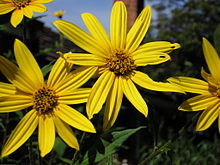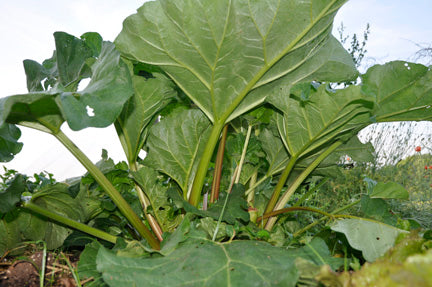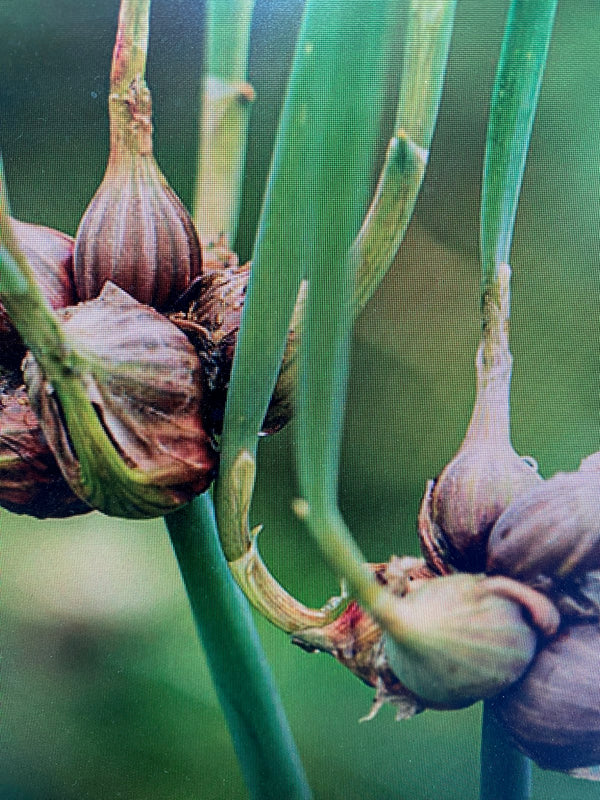
Helianthus tuberosus
Jerusalem Artichoke, also called Sunchoke, is a tall perennial in the sunflower family, with edible tubers high in vitamins and minerals. Sunchoke is not a traditional artichoke. Long lived plants have annual harvests. Tubers are harvested in fall through winter. Space 3' circle. Sunchoke tubers are sold in 1/2lb.(8oz.) bags ready for planting. Zones 4-9. White skin.
| Plant Characteristics | |
|---|---|
| Drought Tolerance | Fair |
| Heat Tolerance | Good |
| Humidity Tolerance | Good |
| Sun Tolerance | Excellent |
| Wet Soil Tolerance | Poor |
| Shade Tolerance | Poor |
| No Spray | Excellent |
| Thorns | No |
| Soil Type | Adaptable |
| Edible Type | Root |
| Self Fertile | Yes |
| This information is accurate to the best of our knowledge, comments/opinions are always welcome | |
Artichoke Care Guide
Artichoke prefers a sunny location and fertile, well drained soil. Incorporate plenty of organic matter into the area before planting. Plant artichoke 18 inches apart in rows 2 - 3 feet wide. Fertilize the plants regularly with nitrogen and keep the soil moist throught the summer.
Weeds must be controled, Mulch heavily (2-3 inches) with compost to keep weds down and hold moisture.
Aphids can be a problem. Aphids are a sucking insect that stunt leaves and reduce yield and affect plant vigor. Aphids will do more damage to young plants. Aphids can be controlled with insecicidal soaps.
Artichoke can have problems with root rot disease. Root rot is a fungal disease that will reduce plant vigor. Tips of the leaves will turn yellow and growing points die. The whole stem and plant will eventually die. Root rot can be controlled by reducing plant stress, common stress include insects, over watering, over cutting, drought and weeds.
Artichoke can suffer from Viruses which will cause plants to decline and die or reduce yields. Control aphids that transmit the disease.
Harvest and Storage
Artichike harvest begins in late July or early August and continues until frost. Once the flower buds form, do not stress the plant. Harvest buds when they reach full size but before the bracts (bud leaves) begin to open. Cut off the bud with 2 - 3 inches of stem. Continue to water and feed the plants. Buds not harvested produce attractive purple blooms that can be used as centerpieces or dired and used in flower arangements.
Fall plant care
After harvest is completed and the plant has received several frosts, cut back the leaves and mulch the root heavily.
Related Product
FROM_JS
jsprice
jsprice
FROM_JS
FROM_JS
Add to cart
Added
Limit Products
Wait..
Translation missing: en.general.search.loading
x






